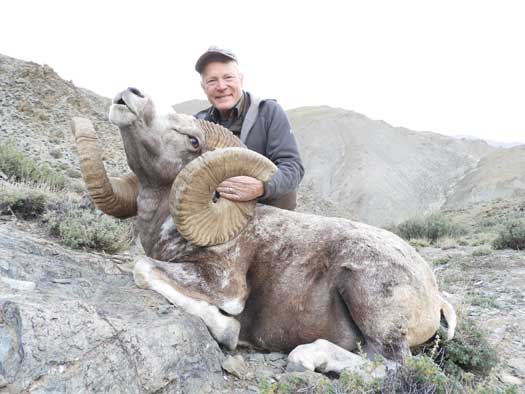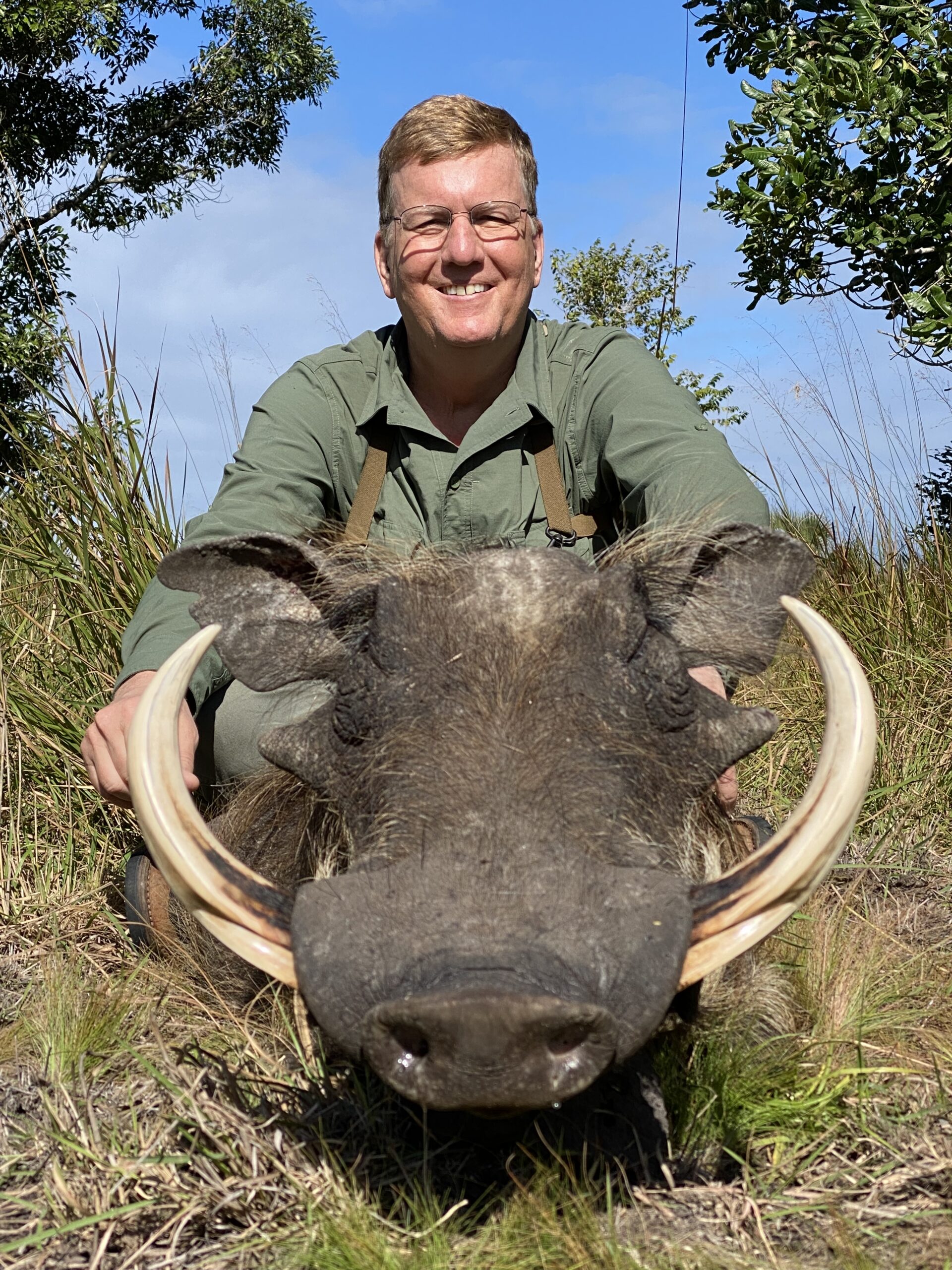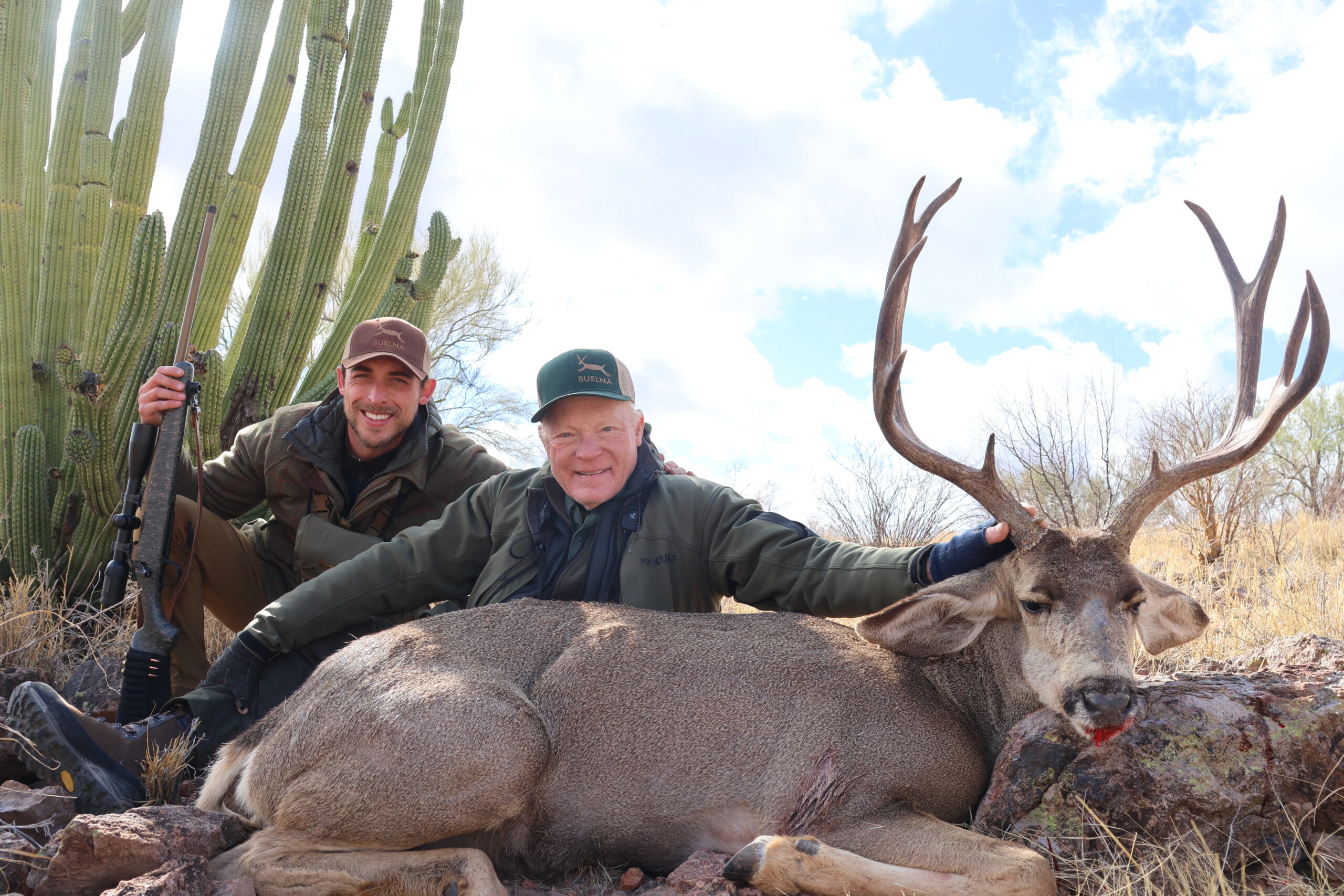It really doesn’t matter how much experience you have (or think you have). Hunting is a learning experience, and unfamiliar situations are just that. You can add conventional wisdom that abounds in our world…and isn’t always all that wise.
Donna and I just got back from Mongolia — buddy Joe Bishop’s regrettably cancelled hunt that I wrote about last month. The first animal I took was the Altai argali, Ovis ammon ammon. We can accept that this is the largest wild sheep in the world, but what does that mean? Truth is I was half-scared! Not of the animal, but of what I was getting myself into. I’m in okay shape for my age, but could have been better. I could have hiked more, and should have made a couple dozen more trips to the gym. I could have dropped ten pounds, too, but I did that on the trip.
Mongolia is one of the great hunting destinations, and the longest-running and one of the most reliable hunting countries on the vast Asian continent. I’d only been there once before, back in 2005 when I was a lot younger and in much better shape. Back then I made a conscious decision that I could never afford Mongolia’s big sheep (never say “never”), so I hunted ibex, gazelles and the forest game. Bob Kern set up that hunt. I recall I was concerned even back then; Kern told me that the Mongolians were “the most experienced mountain guides in Asia.” He was correct. Despite extreme language and cultural differences, problems were few and small and, thanks to good guiding, no shots were especially long or difficult.

But that was then and now is now. Ibex are not sheep, and we all have this crazy (and often inflated) cult of sheep hunting to overcome. Expecting the worst, hoping for the best and having seen only the edges of the Altai Mountains, I was concerned. Remembering the high, big and wide-open Pamirs, I had good data to 600 yards but, as always, I figured I was genuinely okay to a solid 400 yards (prepare for the worst, hope for the best).
This hunt was outfitted by Kaan Karakaya’s Shikar-Safaris. Whether I was in shape for the hunt or not remained an open question. However, on arrival at Genghis Khan airport Karakaya gave me some really excellent and equally good advice. Had I properly understood (and accepted) what he was saying, his comment would have gone a long way toward alleviating my worries. “Craig,” he said, “we usually don’t have to shoot far, but these sheep offer a big target…think about an elk or a zebra!”
I should have taken this excellent advice to heart, but I don’t think about sheep in such terms. The various mouflons, urials and blue sheep are small. Our North American wild sheep are, at best, deer-sized. The Marco Polo argali is a tall, leggy sheep, but despite what I’d read I wasn’t impressed by their body size — maybe 250 pounds — a lot of leg, not much body and much of that hair. A sheep so big that if offers a large target? Unimaginable!
Mountains differ, of course, and drainages within any mountain range differ, but I didn’t recall the High Altai, though medium in elevation (perhaps 10,000 feet), as particularly difficult nor so open as to require extremely long shooting. That depends on your luck. Some of the slopes are fairly open, but there is enough relief, cuts, draws, boulders and brush, that, between numerous approaches on sheep and ibex, shots range between 150 and 325 yards. Despite the stuff we hear these days about extreme-range shooting, the latter distance is hardly a “chip shot” (if there is such a thing), but something more than 300 yards is well within the capabilities of normal hunting rifles, cartridges and optics and should be within the capabilities of reasonably experienced and competent hunters.
As far as cliff-hanging climbs and approaches, none of that stuff was needed. Donna actually had by far the longest and most difficult stalk but that, too, depends on your luck (which can be good or bad, and which can turn one way or the other in an instant). After a long but not dramatically grueling afternoon on the mountain, a point was reached where she and Kaan could continue for one more try—seemingly with little chance for success—and just maybe get a shot before dark. They pushed forward a long way, nearly two miles across several deep cuts. They pulled it off. Just at sunset, Donna shot a gorgeous ram at 180 yards.
I don’t know if size of target had any influence on that shot. It’s not something I consciously thought about, but whether at 150 yards or something more than 300, there’s a difference between shooting at a zebra or an elk and shooting at a small deer or a pronghorn. That was not brought home to me until I walked up on the first Ovis ammon ammon. We hunters consistently exaggerate animal sizes. All black bears weigh 500 pounds (sure they do), and all Cape buffalo weigh a ton (never). The references say the Altai argali weighs 400 pounds but, having never seen one, I’m not sure I gave it credence. And, after all, how many (if any) are actually weighed?
Up close, I genuinely didn’t understand wild sheep could get this big. The Marco Polo argali is tall and leggy, but slab-sided, thin through the body and with long hair. Altai argalis are amazing! Like all argalis they are long-legged “running sheep,” but deep and wide through the chest, broad and massive across the hams. Still in short summer coat, it’s all ram and not much hair. Okay, we didn’t weigh ours, either, but contrary to most hunters’ evaluations, 400 pounds appeared to me, if anything, well on the conservative size.
The horns are, of course, massive and heavy. It takes a thick, powerful neck to support such weight day in and day out. Even the hooves are outsized, more like an elk than any sheep I’ve ever seen. A Rocky Mountain bighorn can be blocky and heavy, but the Altai argali appears at least twice the size of any North American sheep I’ve ever seen. And thus, twice the target size. Maybe I’m better off not having accepted this…I might have gotten careless! It’s a really big sheep, the biggest in the world and a whole different creature from any other wild sheep I’ve ever seen.–Craig Boddington



